Expanding Children’s PotentialUsing Minecraft to teach initiative, creativity, and inquisitiveness
The digital world has become an inseparable part of the modern world, including in the field of education. Schools are providing students with laptop computers and tablet devices, and holding classes online, as they move from “paper and pencil” to an educational style that uses digital technologies. Nevertheless, disparities are emerging in that digital education, with differences in where students live and their families’ economic circumstances meaning that some children do not have opportunities to interact with digital technologies. The Nippon Foundation is addressing this by working to create an environment in which as many children as possible can have access to digital tools and learn in a fun and effective way. One of those activities is support for the Minecraft Cup, which was created in 2019.
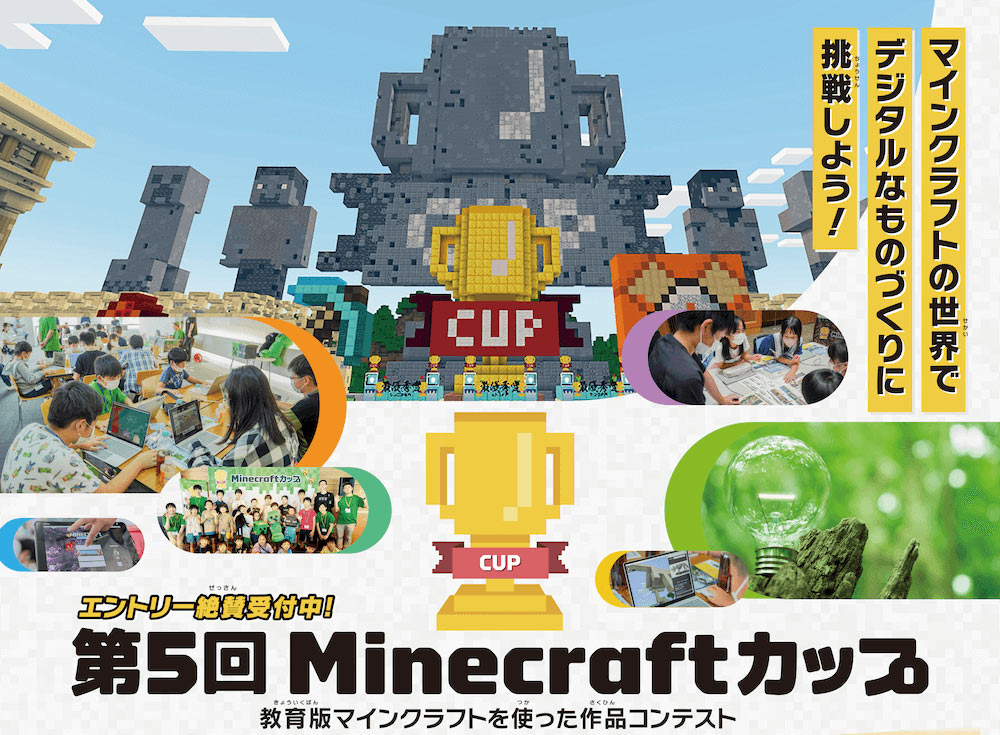
Minecraft is a digital version of a building block game, in which players use square and rectangular blocks to create their own buildings, gardens, and other objects in a building block world. There is an educational version of Minecraft that can be used in schools for things like teaching programming, collaborative study, and online lessons. The Minecraft Cup is a competition in which players compete based on the worlds they create using this version.
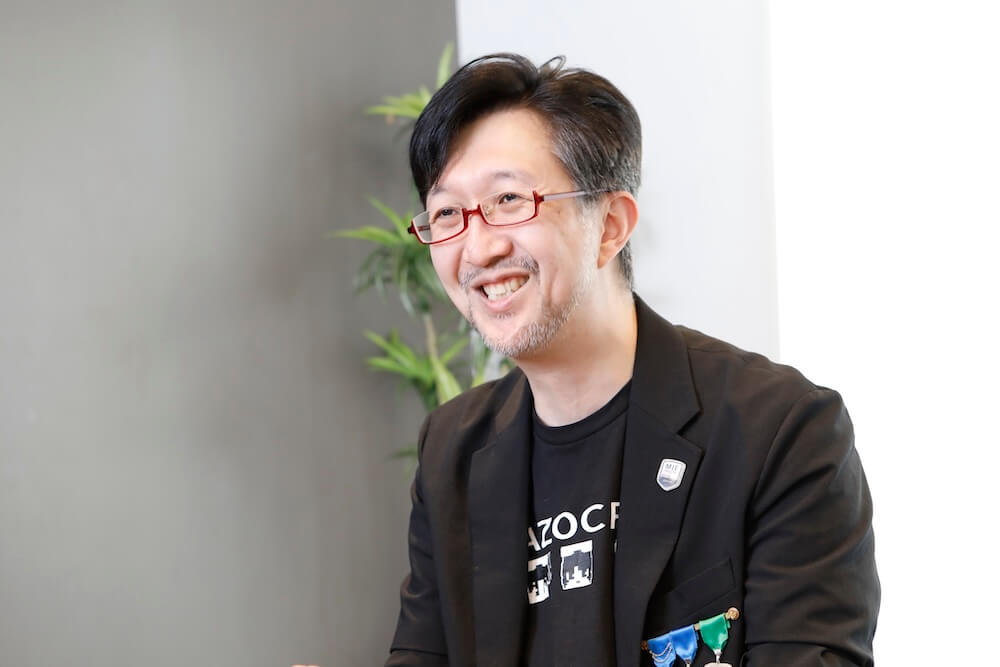
Educational version expands children’s potential
Shyuichi Tatsunami is an authority on the use of Minecraft in education and chairs the Minecraft Cup judges committee. He says that the educational version of Minecraft has unlimited potential for children. For example, they can recreate an historic building and take a field trip there, learning about both history and architecture in the process, or they can create a science lab and conduct experiments. Minecraft can also help children improve their communication skills. Research has been carried out at Meiji University on the educational effect of Minecraft for children attending schools for students with disabilities. Children with different learning abilities were paired and worked as teams to complete tasks in Minecraft, which meant that they had to communicate with their teammates and engage in conversation. This also gave them a sense of accomplishment when they completed their task, and led to them becoming able to communicate naturally with other people. In addition, because Minecraft creates a virtual world called a metaverse, children are able to acquire social skills as well.
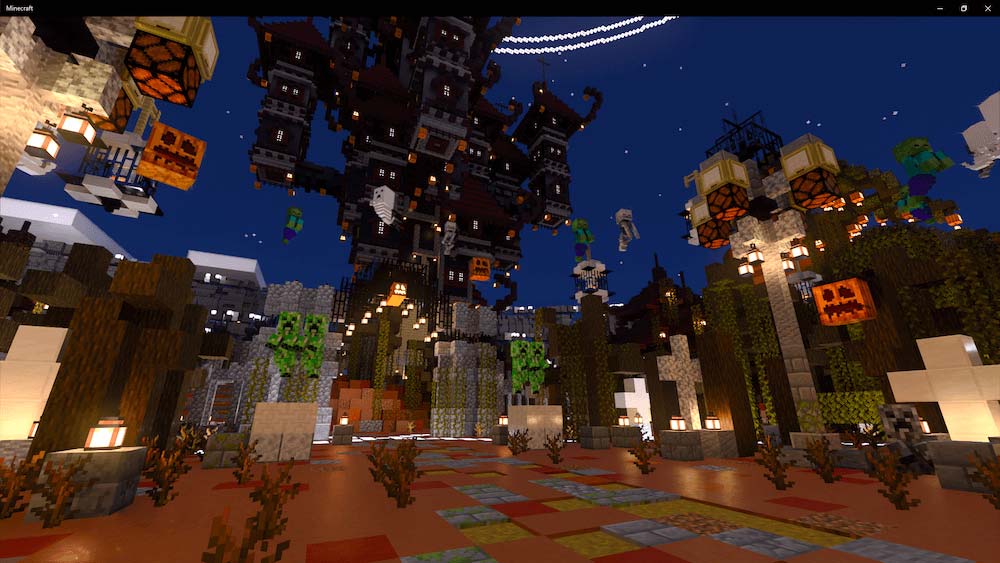
Mr. Tatsunami participates in the Microsoft Educator Community for schoolteachers and is a certified Microsoft Innovative Educator Expert. He also conducts workshops for children in addition to promoting the appeal of Minecraft and its usefulness in education. He says that he is often surprised by the works that children who have experience with Minecraft create, and that while he can teach techniques and information, the most important thing is the children’s own initiative. An example for the theme of a workshop could be issues related to energy and electricity. He would start by giving basic, background information, and then have the children attempt to solve problems on their own in Minecraft. He doesn’t speak and only watches, and is amazed by the ideas the children come up with.
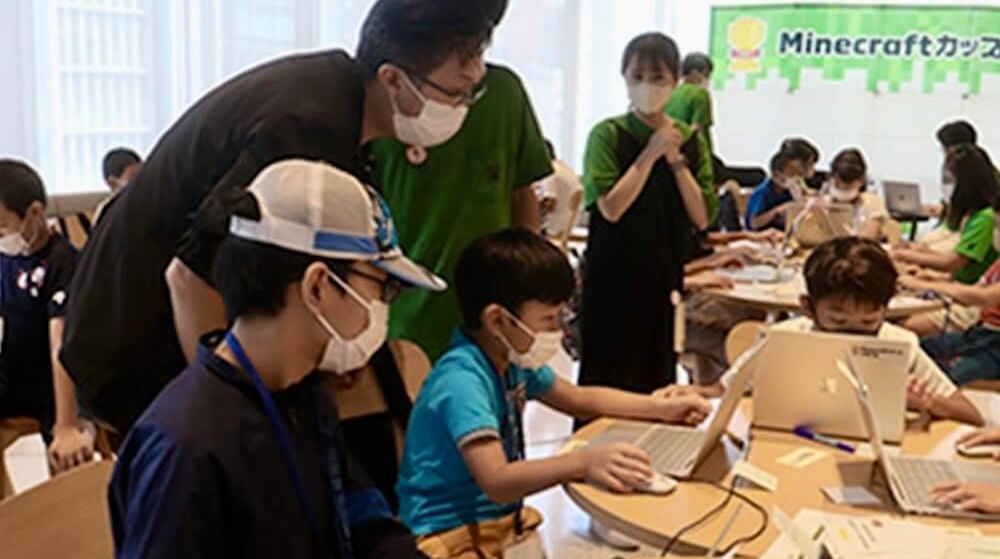
The most important thing about the Minecraft Cup is that it provides children with an opportunity to express themselves in their own way. A theme is set for each year’s competition, and the children create their own digital work. Mr. Tatsunami hopes that the Minecraft Cup will provide children with an opportunity to express thoughts that they may have but are difficult to put into words.
What adults can do to eliminate disparities in digital education
Mr. Tatsunami notes that we live in an age where every minute and every second count, and if something is made and announced, or work is done, even one day late the consequences could be irreversible. It is therefore important that adults collect information every day, so that the children around us do not fall behind. It would be desirable to have the national or local governments take action, but that is not always possible. All you need is a smartphone, so he asks adults to gather information every day and share it with the children around them.
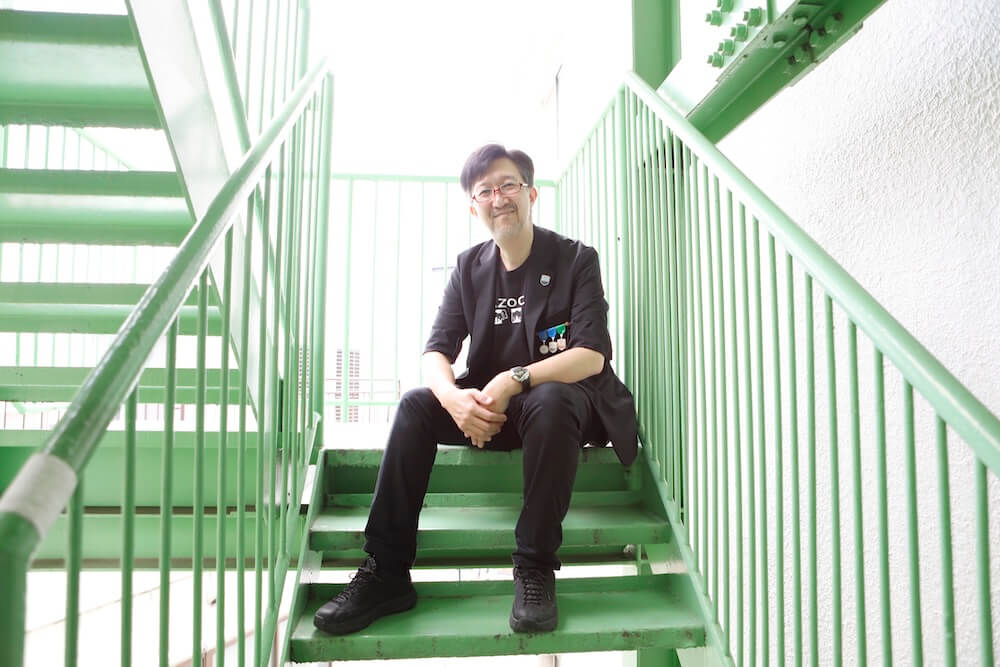
When asked about what he would like to do going forward, Mr. Tatsunami says that he would like to appear on television. Unlike younger people, the parents, guardians, teachers, administrators and others involved in creating educational environments spend more time watching television than on the internet, so television has more of an impact. That is why he would like to have an opportunity to discuss the appeal of Minecraft on television. He would also like to write a book for adults about using Minecraft in education. Finally, he would like to become a university professor. Universities are where the next generation of evangelists are trained, and he would like to be involved in cultivating young people who will carry on his vision and work on behalf of children. His hope is that if more people think seriously about the possibilities that Minecraft offers, today’s widening educational disparities among children would narrow.
Contact
Public Relations Team
The Nippon Foundation
- Email: cc@ps.nippon-foundation.or.jp



